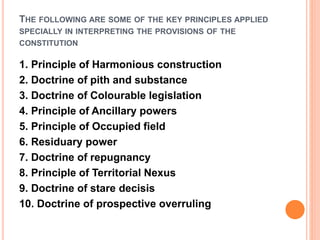Navigating Civil Litigation: From Filing to Resolution
Civil litigation is a complex legal process that involves resolving disputes between individuals or entities through the court system. Understanding the intricacies of this process is crucial for anyone involved in a civil dispute, whether as a plaintiff or defendant.
Commencement of Legal Action: Initiating the Lawsuit
The civil litigation process typically begins with the plaintiff filing a complaint against the defendant. This document outlines the allegations, the legal basis for the claims, and the relief sought. Once filed, the court serves the defendant with a copy of the complaint, officially commencing the legal action.
Response from the Defendant: Crafting a Defense
Upon receiving the complaint, the defendant must respond within a specified timeframe. This response usually takes the form of an answer, addressing each allegation and presenting any affirmative defenses. The defendant may also file counterclaims against the plaintiff, asserting their own legal claims related to the dispute.
Discovery Phase: Uncovering Evidence
One of the most critical stages in civil litigation is the discovery phase. Both parties exchange information, documents, and evidence related to the case. This process includes interrogatories, document requests, depositions, and other methods to uncover facts, clarify issues, and build a comprehensive understanding of the case.
Pretrial Motions: Shaping the Case
Before the trial, either party may file pretrial motions to request specific actions from the court. This can include motions to dismiss, motions for summary judgment, or motions to exclude certain evidence. These motions shape the legal landscape and may significantly impact the direction of the case.
Settlement Negotiations: Exploring Resolution
Many civil cases are resolved before reaching trial through settlement negotiations. Parties, with the guidance of their attorneys, may engage in discussions to reach a mutually acceptable resolution. Settlements offer a more controlled and often less costly way to conclude a dispute, avoiding the uncertainties of a trial.
Civil Litigation Process at a Crossroad: Trial Preparation
When settlement negotiations fail to produce an agreement, the case proceeds to trial. Both parties engage in intensive trial preparation, which involves finalizing legal strategies, compiling evidence, and preparing witnesses. The court sets a trial date, and the parties present their cases before a judge or jury.
The Trial: Presenting the Case in Court
During the trial, each side has the opportunity to present its case through witness testimony, exhibits, and legal arguments. The judge or jury evaluates the evidence, applies the law, and reaches a verdict. Trials are the culmination of the civil litigation process, and the outcome significantly impacts the parties involved.
Post-Trial Motions: Addressing Legal Issues After Trial
Following the trial, either party may file post-trial motions. These motions may seek to overturn the verdict, request a new trial, or address other legal issues that arise after the trial concludes. Post-trial motions play a role in ensuring that the legal process remains fair and just.
Appeals: Seeking Review of the Decision
If a party disagrees with the trial court’s decision, they may choose to file an appeal. The appellate court reviews the record of the trial to determine if any legal errors occurred. Appeals focus on matters of law rather than reevaluating the facts of the case. The appellate court’s decision can affirm, reverse, or modify the trial court’s judgment.
For comprehensive guidance on navigating the civil litigation process, consider consulting with legal professionals. Visit Josslawlegal.my.id for expert advice tailored to the unique circumstances of your civil dispute.


